Product Consultation
Your email address will not be published. Required fields are marked *
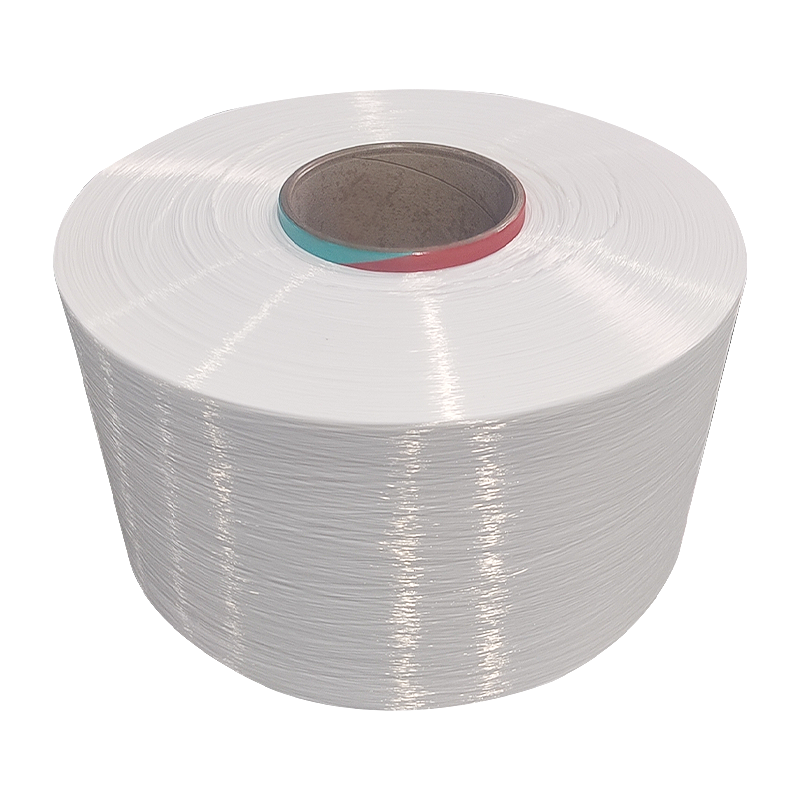
How is nylon mother yarn different from regular nylon yarn?
Dec 25,2025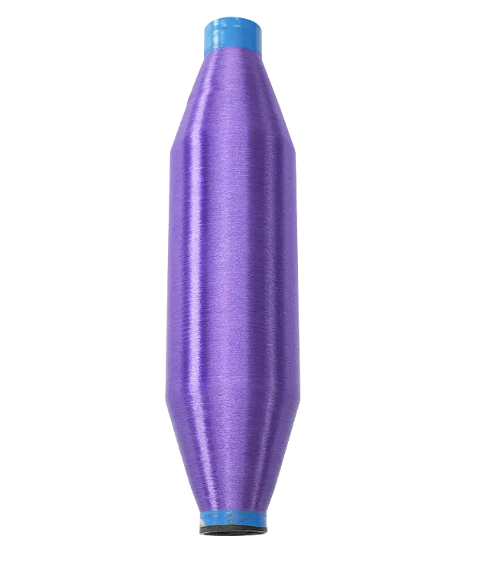
Will biodegradable yarn release harmful substances or cause environmental pollution during the degradation process?
Dec 18,2025
Is nylon mother yarn suitable for high abrasion resistance or high strength applications?
Dec 11,2025Key strategies for controlling the melting properties of low melt FDY yarn
As a functional fiber material, low melt FDY yarn is widely used in thermal bonding, composite nonwovens, filter materials and other fields. Due to its low melting temperature, its melting properties have a direct impact on product performance and process stability during spinning and subsequent heat treatment. Reasonable control of its melting behavior is not only related to production efficiency, but also to the structural stability and safety of the final product.
Reasonable selection of raw materials and copolymer ratio
The melting properties of low melt FDY yarn first depend on its molecular structure, especially the type of polymer and the ratio of comonomers. Adding flexible segments or branched structures to polyesters, polyolefins or multi-copolyesters can effectively reduce their crystallinity, thereby achieving a lower melting start temperature. By controlling the proportion of copolymers, the problem of excessive fluidity caused by too low melting point can be avoided while maintaining hot viscosity. In addition, the selection of high-purity and thermally stable raw materials helps to improve the controllability of the melting process and prevent local melting anomalies caused by thermal degradation and impurities.
Accurately control spinning temperature and cooling conditions
In the spinning process, the control of melt temperature is crucial. Too high a melt temperature can easily degrade the polymer chain segments, affecting the subsequent thermal bonding performance; while too low a temperature can lead to spinning breakage, hairy yarns or insufficient crystallization, forming an unstable melt structure. In order to achieve a stable spinning state, the heating temperature zone should be gradually transitioned to ensure uniform melt flow. In addition, the wind speed and temperature of the cooling section should also be adjusted according to the fiber line density and the yarn outlet speed, so that the yarn forms a reasonable crystallization area during the cooling process and inhibits the pre-melting phenomenon caused by internal heat accumulation.
Control the temperature and tension during the stretching and heat setting process
During the stretching and heat setting process of low melt FDY yarn, temperature control is directly related to the orientation degree of the molecular chain and the release state of the internal thermal stress. If the stretching temperature is close to the melting point, the yarn may be adhered or melted on the surface; if the temperature is too low, it may not be fully set, affecting the thermal bonding performance of the final fiber. Therefore, segmented heating and slow temperature increase should be adopted to ensure that the fiber is moderately oriented while the structure is stable. In addition, the tension control during the setting process should also be avoided to be too large to avoid the risk of breaking when approaching the melting temperature.
Avoid overheating in secondary heat treatment
In subsequent processes, low melt FDY yarn is often used for compounding with other high melting point fibers or as a thermal bonding point. Special attention should be paid to the heating method and time at this stage to prevent the yarn from losing its shape due to excessive local temperature rise. Temperature control methods such as hot air circulation, infrared heating or electric heating plates can be used, and real-time monitoring can be carried out in combination with temperature sensing devices to keep the heating process within the critical temperature range. Especially in hot pressing, laminating or fixed width operations, the pressure and time should be reasonably controlled to avoid irregular melting caused by heat accumulation.
Consider the stability of the process environment
In addition to the process parameters themselves, the temperature and humidity stability of the external environment will also have a certain impact on the melting characteristics. Especially in high temperature and high humidity operating environments, low melt FDY yarn is more likely to soften prematurely. Therefore, production and storage should be carried out under constant temperature and humidity conditions, and avoid exposing the product to sunlight or near heat sources for a long time.
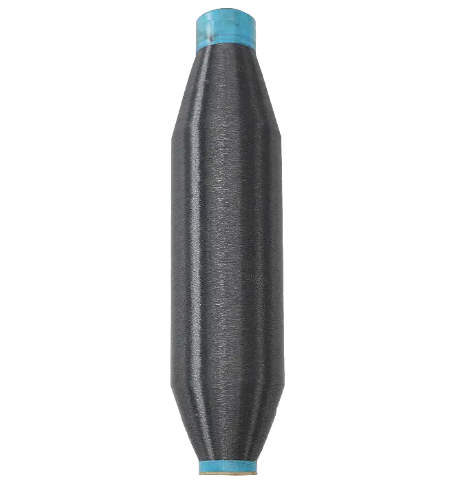
What factors affect the degradation rate of biodegradable yarn?
2025-05-20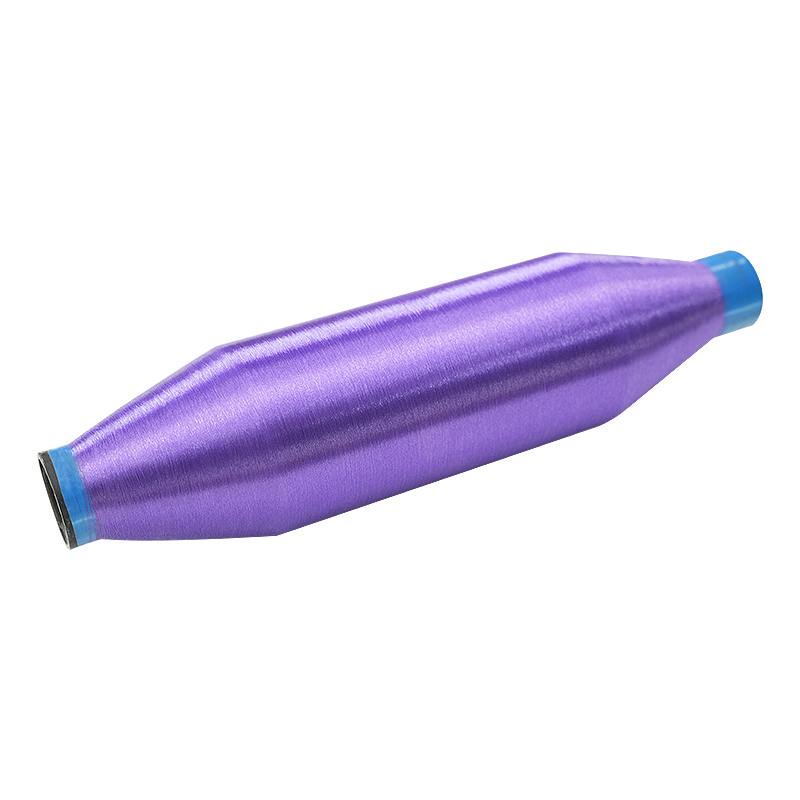
Compared with traditional nylon yarn, what are the production costs and process difficulties of nylon multifilament yarn?
2025-06-03Your email address will not be published. Required fields are marked *
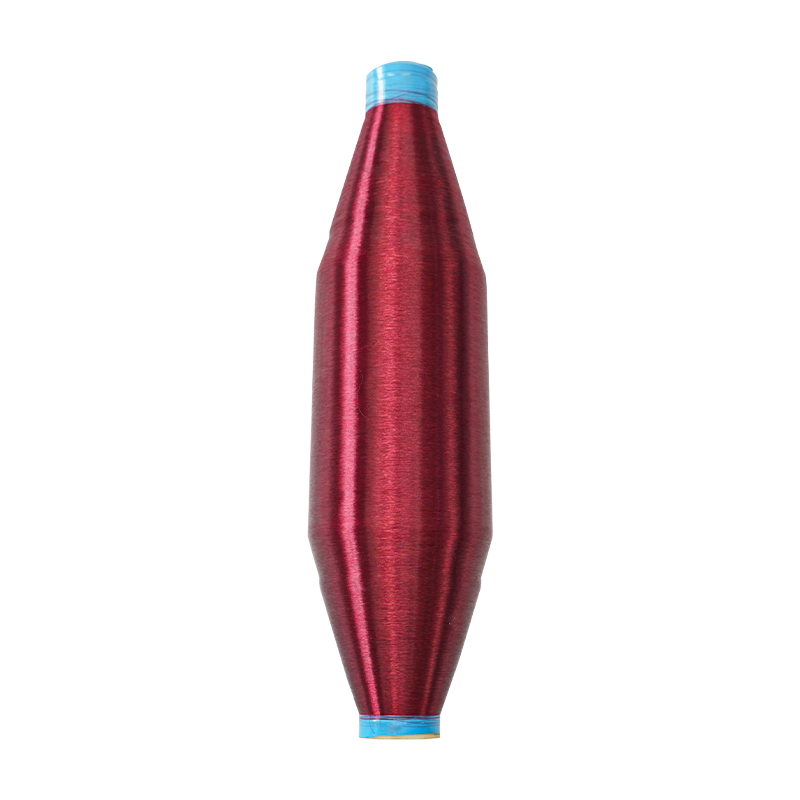
Biodegradable nylon yarn biodegrades faster in the environment than traditional synthetic fibers, helping to reduce negative environmental impacts. It also has the properties of nylon fiber, such as h...
See Details
Colored Nylon Mother Yarn can be processed through spinning, drawing, dyeing and other processes to meet the needs of different textiles. It has good processing adaptability and can be made into vario...
See Details
The diameter of Durable woven nylon mother yarn is 240D, the fiber thickness is medium, and it is suitable for the manufacture of a variety of textiles. This product has good tensile strength and will...
See Details
300D Nylon Mother Yarn is made of nylon material, a synthetic fiber with abrasion resistance, strength and durability. It is therefore suitable for manufacturing various types of textiles, such as clo...
See Details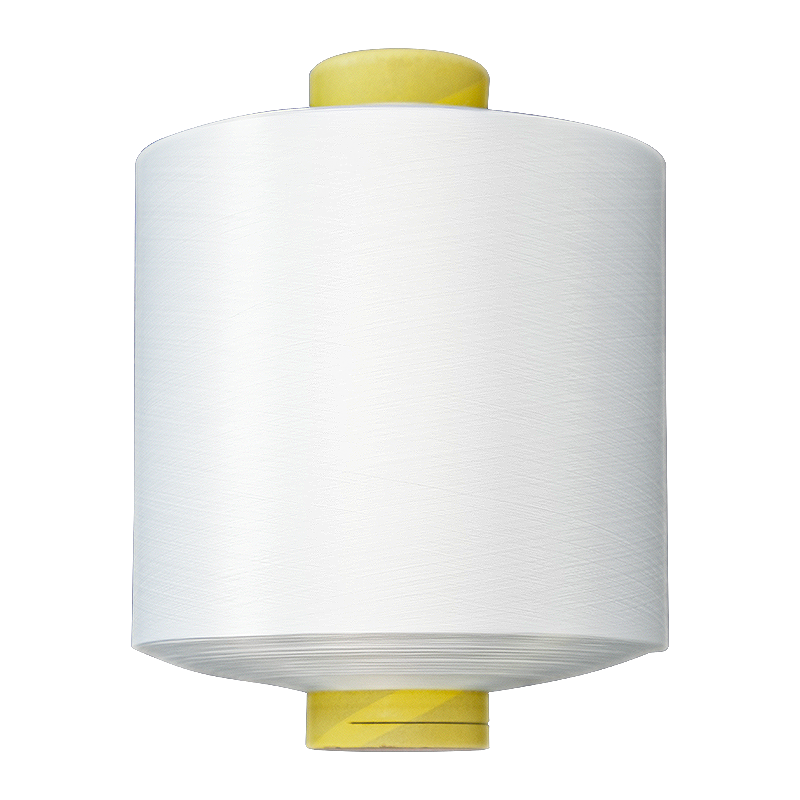
Nylon stretch sportswear yarn is a yarn used to make sportswear and other clothing that require high breathability. Nylon fiber has good breathability, which helps to wick away perspiration and keep t...
See Details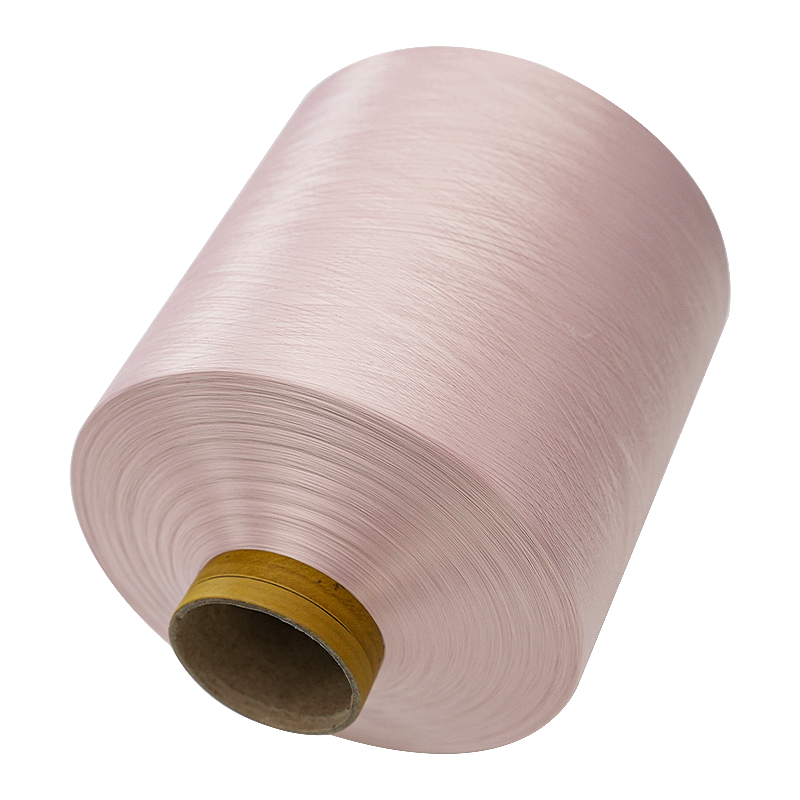
Double-strand nylon elastic yarn is a composite yarn composed of two strands of yarn. It has high strength, maintains stable performance even in a stretched state, and is not easy to break or deform. ...
See Details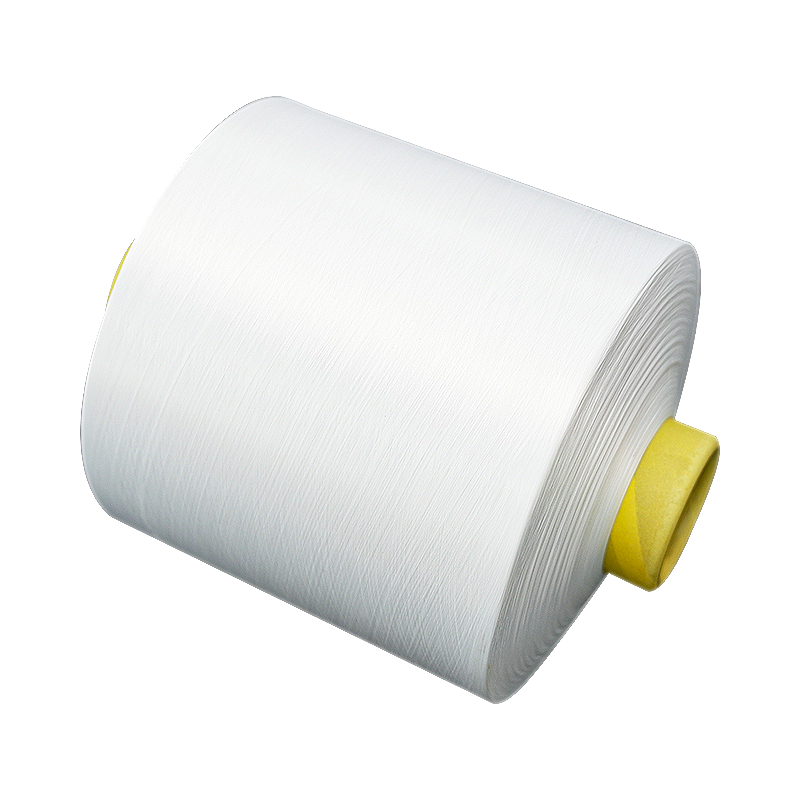
100D Nylon Elastic Yarn has a moderate thickness and good dyeing properties, which can achieve uniform and durable dyeing effects, making textiles bright and long-lasting in color. A yarn frequently u...
See Details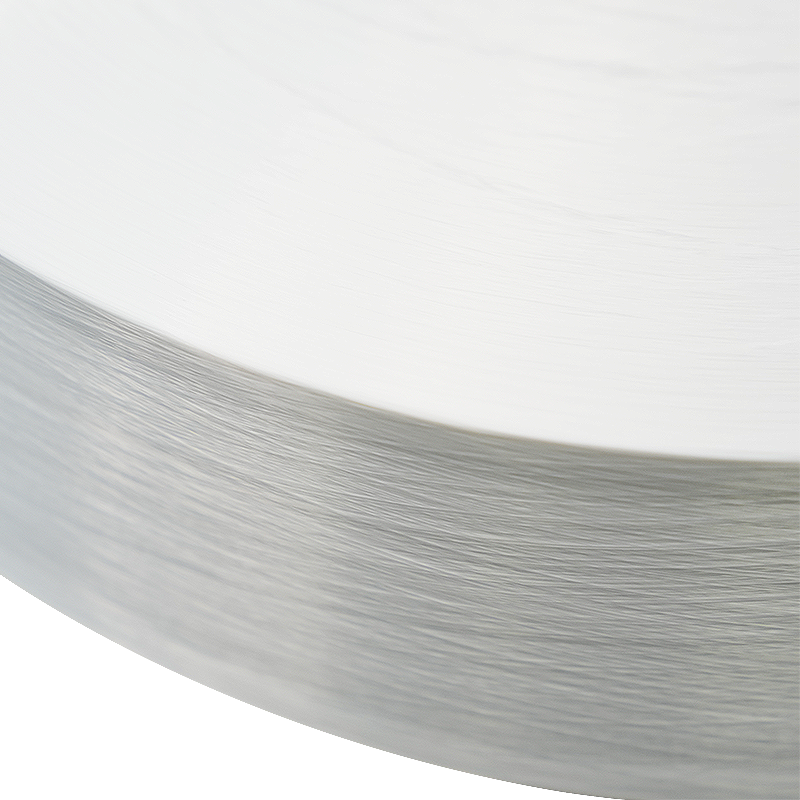
210D Polyester Nylon Composite FDY yarn is a composite fiber yarn. FDY is a mixture of polyester and nylon fibers. It combines the advantages of the two fibers, the abrasion resistance of polyester an...
See Details
Cooling brushed durable FDY yarn has high durability and is suitable for manufacturing textiles that require wear resistance and durability. It is not easy to wear out after long-term use. Textiles of...
See Details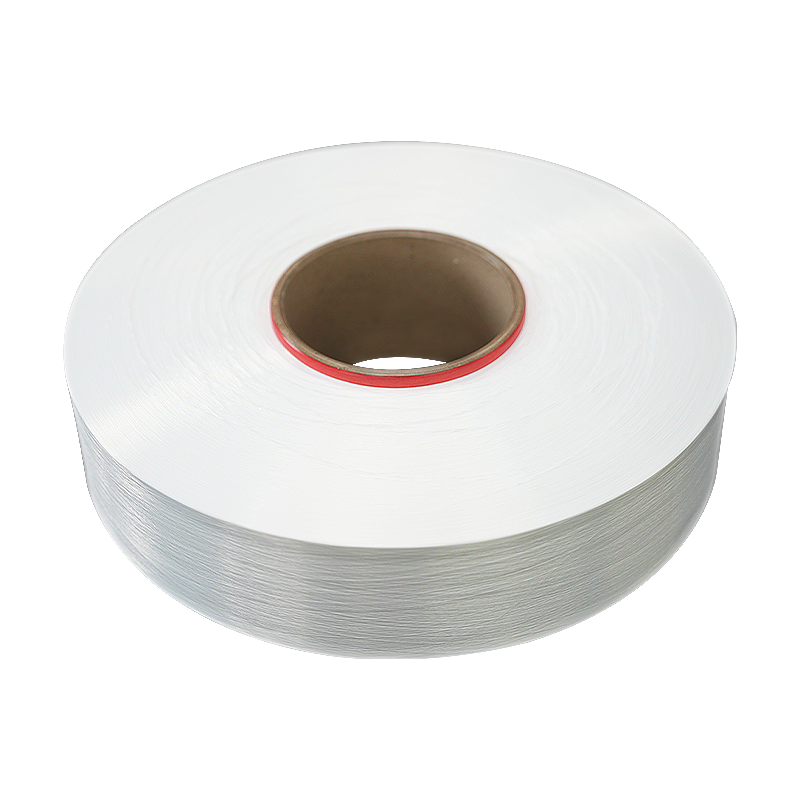
Composite woven FDY yarn mixes different types of fibers and has good wear resistance. The fabric made is not easy to wear and is suitable for long-term use. Composite woven FDY yarn has a wide range ...
See Details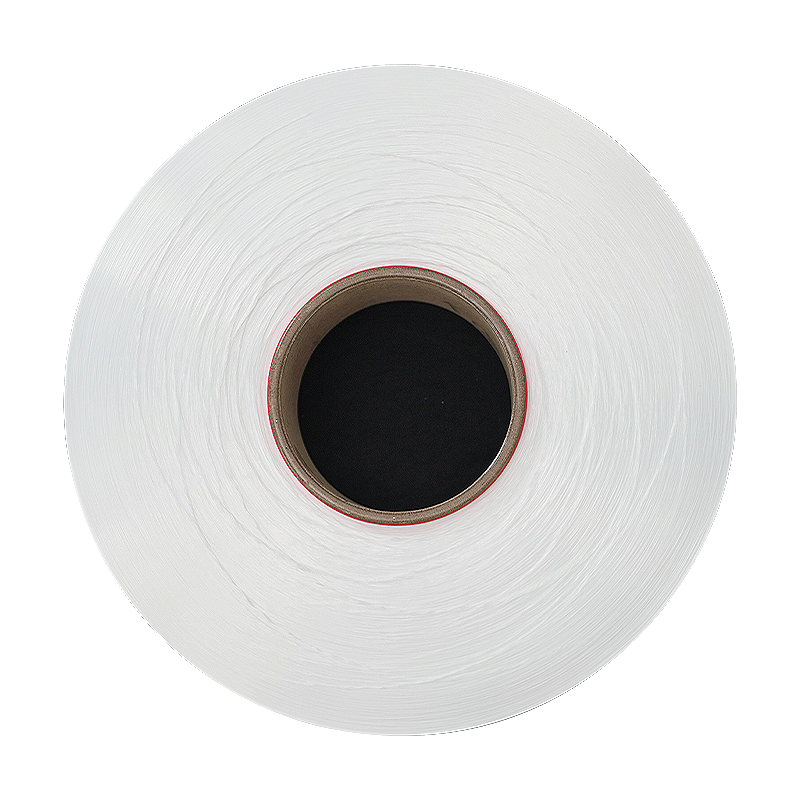
Stretch durable FDY yarn has good elasticity and can return to its original shape after being stressed, giving the textile a comfortable wearing feel and good ductility. It can fit the contours of the...
See Details
The fibers of 210D water-repellent yarn are relatively thick, making the yarn highly wear-resistant and durable, making it suitable for long-term use. Composite fiber enables yarn to have the advantag...
See DetailsAddress: Duntou industrial park, haian county, nantong city,jiangsu province ,China.
TEL: +86 15850491859
E-mail: sales-betty@hsnylon.com
If You Are Interested In Our Products, Please Consult Us